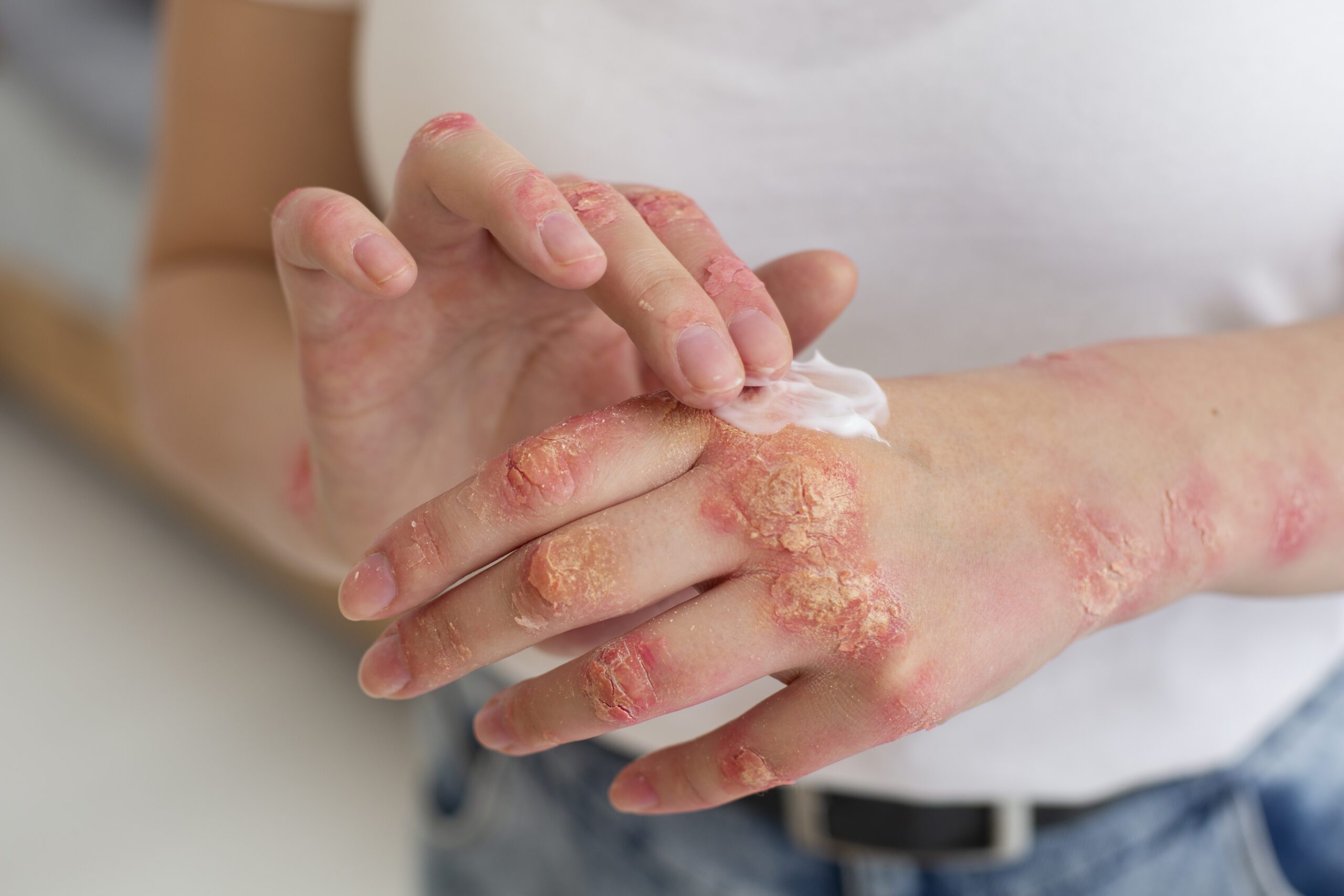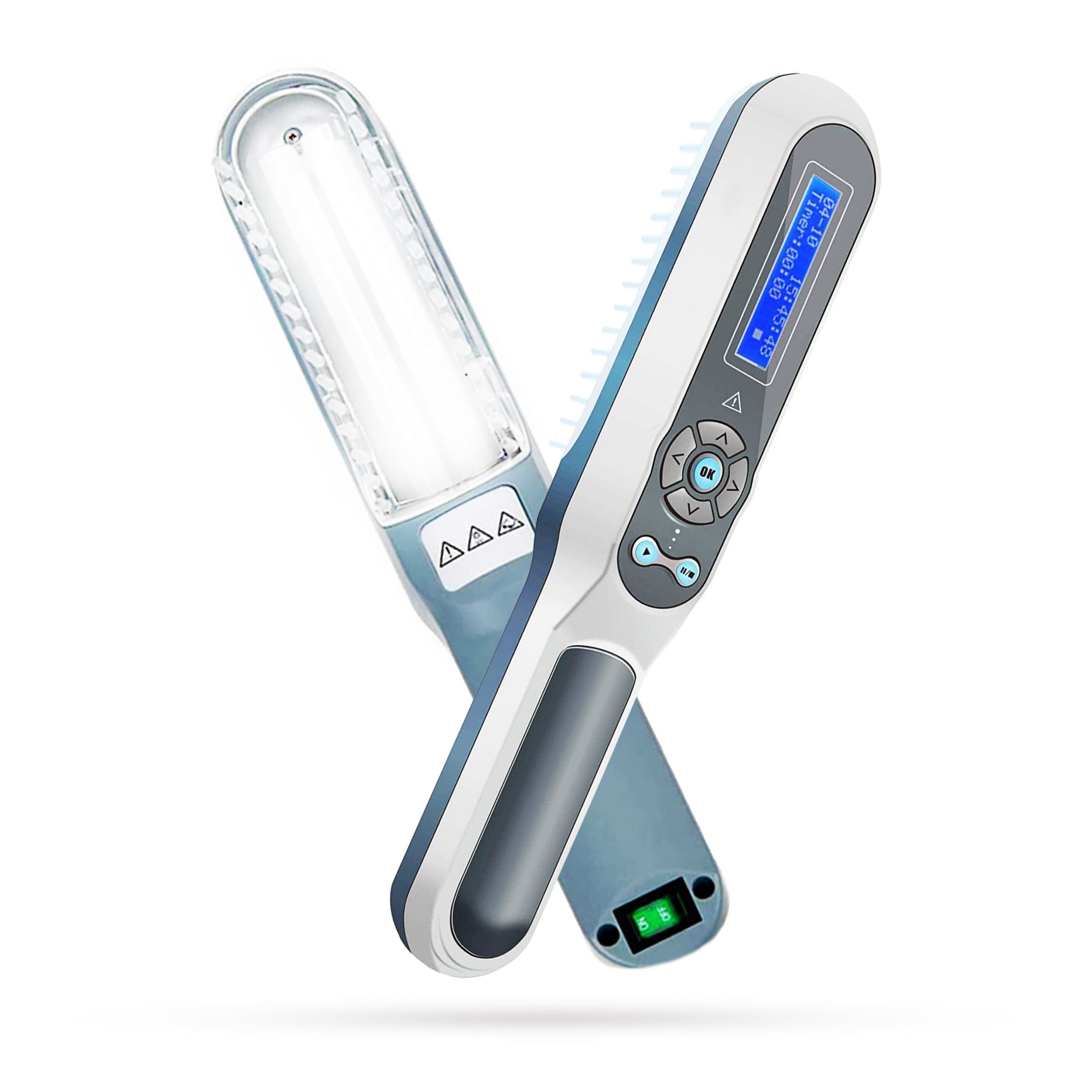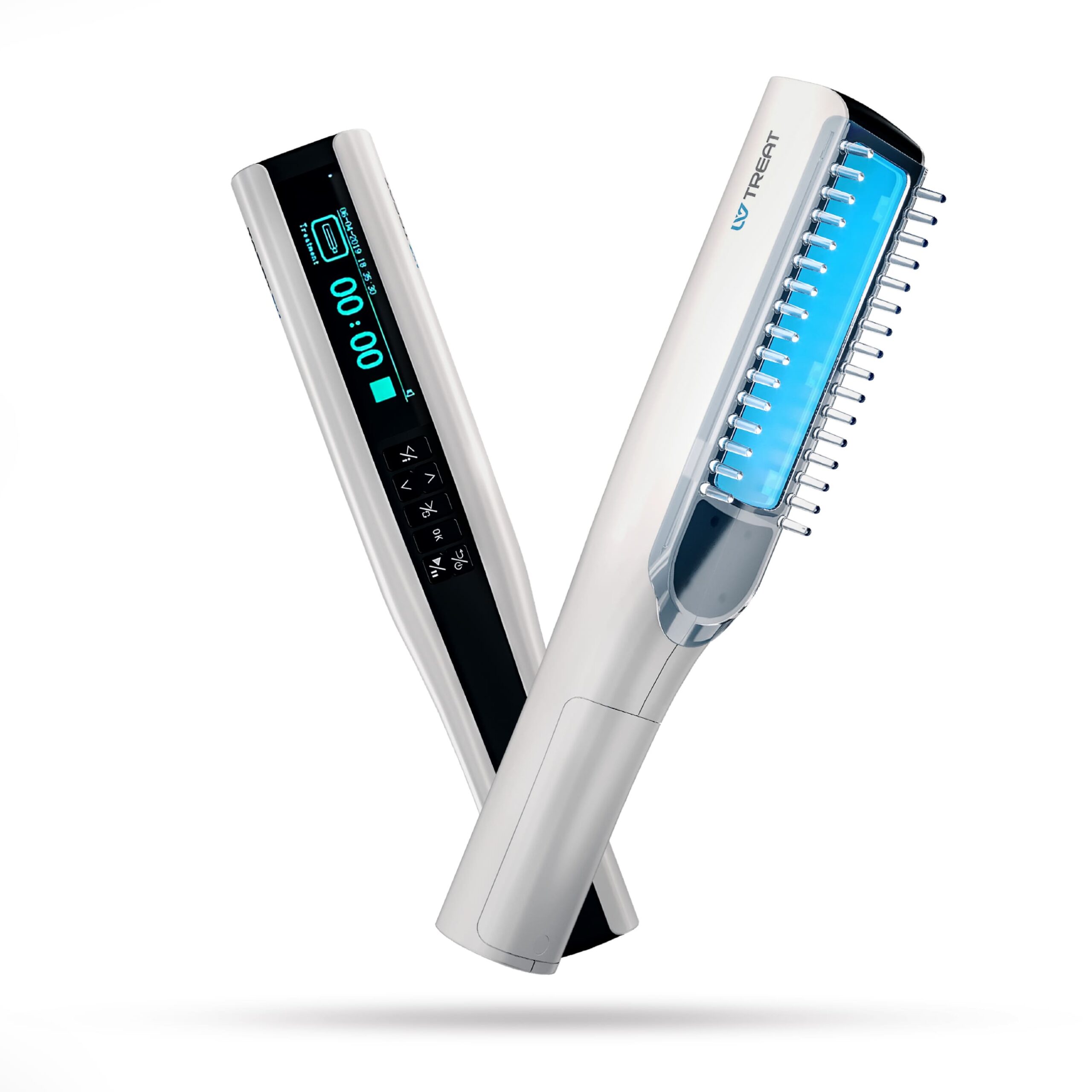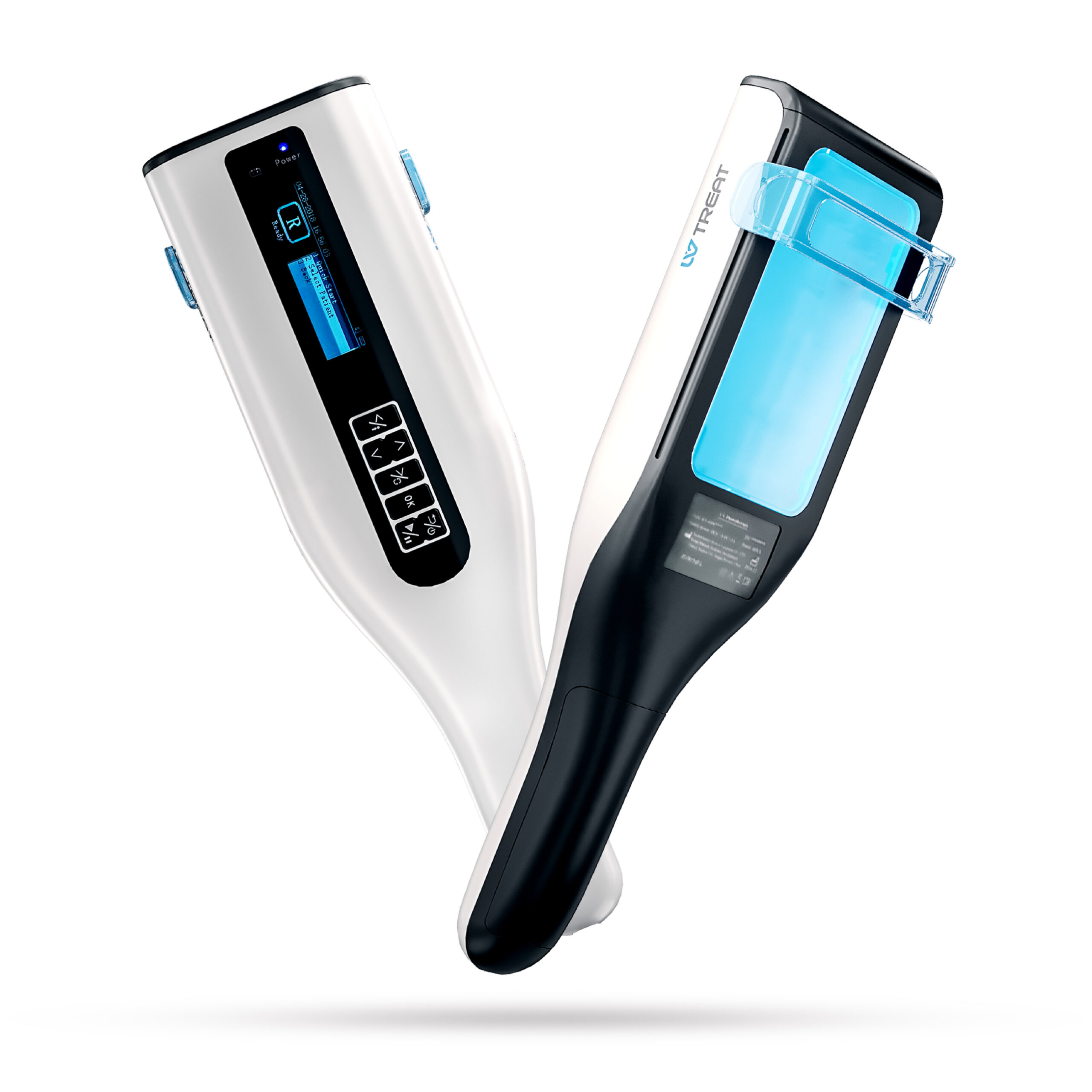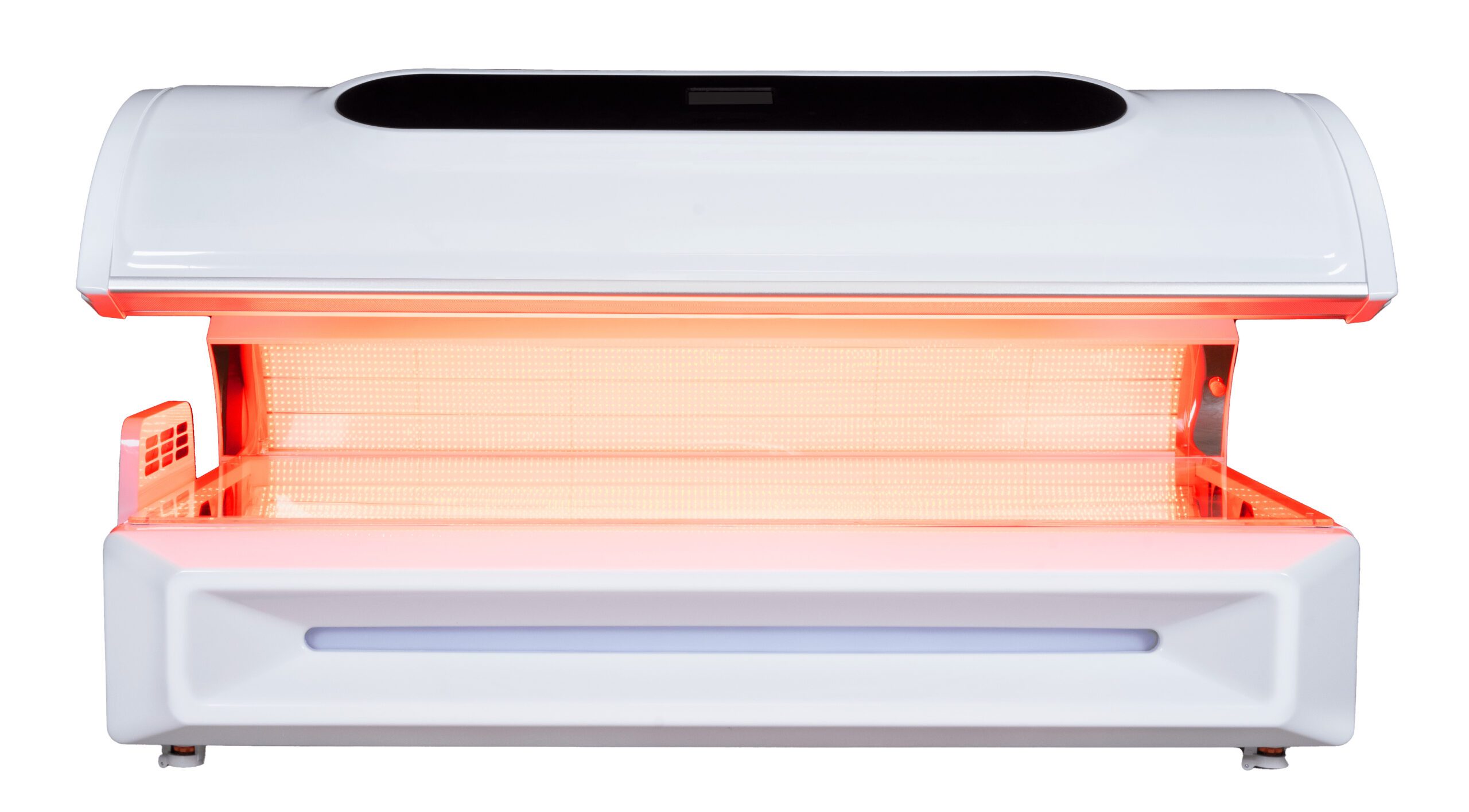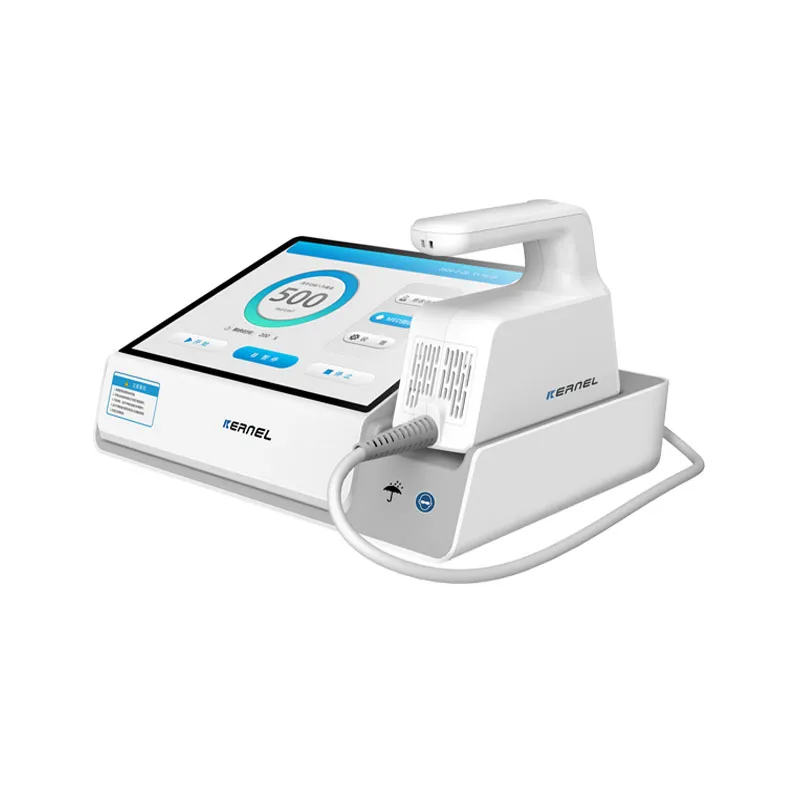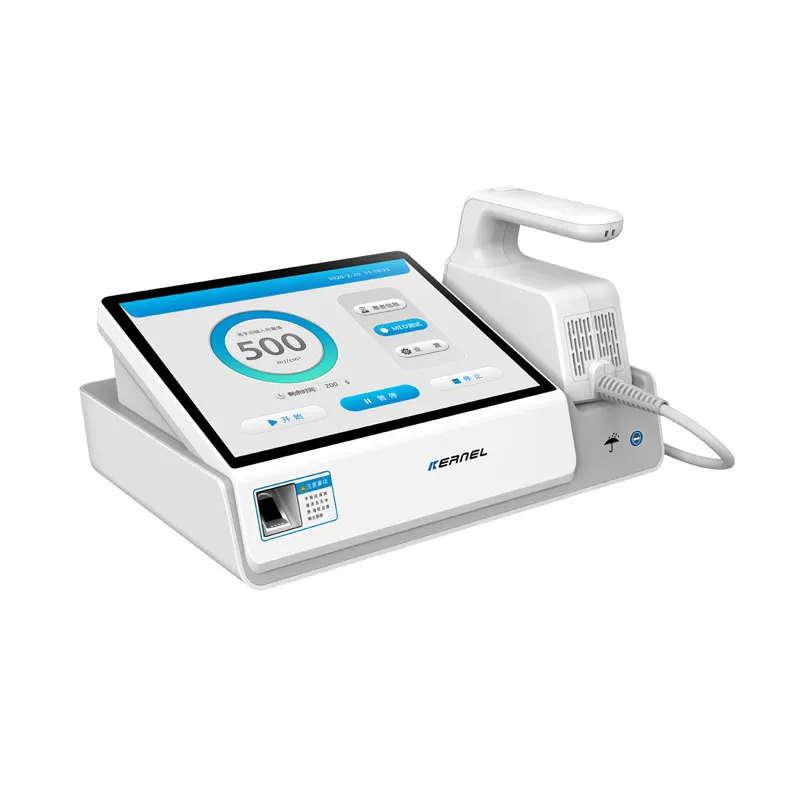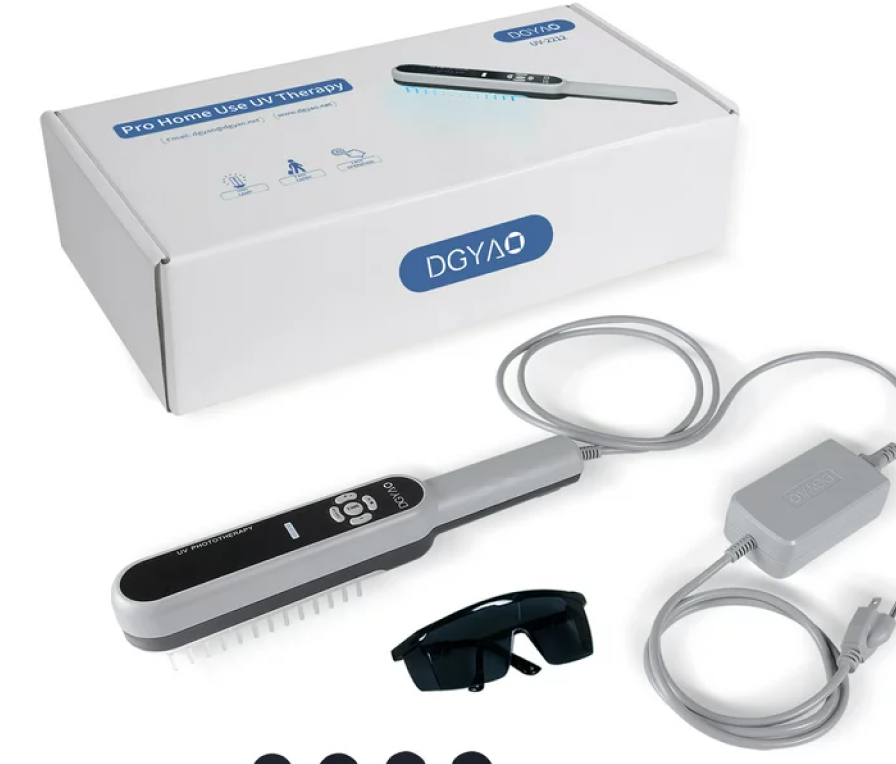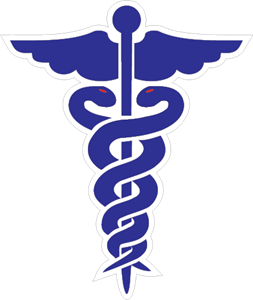 Medically reviewed by
Medically reviewed by
Anika Goel,MD; Board-Certified Dermatologist
Written by UVTREAT team
Published on October 30, 2025
Narrowband UVB Phototherapy for Psoriasis: What It Is and How It Works
Psoriasis is a long-term skin disorder affecting millions of individuals in America. It is defined by red and scaly patches of skin, which may be itchy, painful, and embarrassing. Topical solutions, including corticosteroid creams and vitamin D analogues, are often the topical choice as first-line therapy; however, most patients with moderate or severe psoriasis require further interventions to control their symptoms. Narrowband UVB phototherapy, also known as NB-UVB light therapy, is considered one of the most efficient and popular treatments. The therapy is based on a non-systemic method of managing psoriasis exacerbation, the appearance of plaques, and quality of life.
Contrary to systemic drugs, which cover the entire body, NB-UVB phototherapy only focuses on the affected skin. It is believed to be a safe and effective treatment for a large variety of patients, such as children and even pregnant women who are medically supervised. The materials, like UVBtreat, can be given to the patients to create clear information on NB‑UVB therapy, which will assist them to get a clear picture of how it works, what they should expect, and how they can include it in their overall psoriasis management plan.
What Is Narrowband UVB Phototherapy?
Narrow band UVB phototherapy is a kind of health care that subjects the skin to a certain color of UVB light or the ultraviolet B radiation with a wavelength range of 311 to 313 nanometers. This specific method is more accurate compared to older therapies of UVB that use a wider spectrum of ultraviolet light and may expose more to wavelengths that are less effective or potentially harmful.
Centralized on the therapeutic UVB range, NB-UVB light therapy can successfully slow the rate of replacement of skin cells in psoriatic lesions, reduce the availability of local inflammation, and aid in the regulation of the immune response in psoriatic skin tissue. In the United States, NB-UVB has long been recommended by dermatologists as a standard therapy against moderate to severe psoriasis due to its efficacy, tolerability of side effects, and ability to adapt to the needs of various patients.
Mechanism of action: Narrowband UVB Phototherapy
NB-UVB therapy is effective because it can regulate the immune system at the local skin level. Immunological imbalance is the cause of psoriasis, which results in excessive production of skin cells and long-term inflammation. NBUVB light penetrates the surface layers of the skin and retards this process. In particular, it may trigger apoptosis (controlled cell death) of excessive T-cells and keratinocytes in psoriatic plaques and decrease the inflammation and thickening related to the disease.
Also, the wavelength used is useful in suppressing the release of inflammation cytokines, which are proteins that encourage the immune system to be active. Inside controlling such processes, NB-UVB phototherapy may flatten plaques and scale down gradually, and redness as well. Since the light is directed over the range of 311313nm, the treatment exposes the skin to other UV wavelengths that can cause skin damage or raise long-term risks; thus, it is less damaging to the skin than older treatments based on broadband UVB.
Benefits of Narrowband UVB Phototherapy
Among the most significant benefits of NB–UVB treatment, the high efficacy in psoriasis plaque treatment should be listed. Most patients are greatly improved in a few weeks of regular treatment, and a few have virtually clear affected skin areas. The narrowband method has similar or superior outcomes compared to the broadband UVB and a lower incidence of negative effects, such as skin irritation and less risk of burns.
NB UVB treatment can also be used on a wide variety of patients. This treatment can be given to children with moderate psoriasis, and sometimes an expectant patient may be advised to use it under strict medical care since the treatment is localised in the skin as opposed to using systemic medicines. NB-UVB is a rather effective compromise between topical treatments, which might be inadequate, and systemic or biologic drugs, which have more widespread side effects in the eyes of many individuals.
The other advantage of NB-UVB treatment is that the method can be used with other procedures. Patients on topical creams or emollients can also continue with these treatments, with phototherapy improving the overall outcomes. In addition, home NB-UVB equipment, when ordered and overseen by a dermatologist, gives the patient the option of taking the treatments in the comfort of their home. Such resources as uvtreat provide patients with information on how to use these machines safely and follow up treatment preferences.
The Treatment Process
The NB-UVB treatment is usually performed at a dermatology facility with the help of a special phototherapy booth or a phototherapy panel. Protective eyewear is designed to protect the eyes of patients against ultraviolet light and covers portions of the skin that do not need treatment. The length and strength of individual sessions are selected with great attention to the specific parameters, such as skin type, severity of plaque, and reaction to the previous sessions. Treatment programs are usually two to three sessions a week, with the cumulative exposure being gradually increased to get the most benefits with minimal risks of burns or irritation.
After a few weeks of regular therapy, patients can notice a decrease in plaque thickness, redness, and scaling. A complete regimen of therapy typically takes weeks or even months, and this depends on the extent of the psoriasis and how the patient reacts. Dermatologists can also prescribe maintenance sessions after obtaining the desired outcome to increase remission and avoid new flare-ups.
Home NB -UVB therapy is another option that can be provided to patients who are not able to attend regular clinic sessions. Portable phototherapy units can be used at home on medical advice to help patients continue treatments. Such devices enable flexible scheduling and may enhance compliance; however, this requires patients to adhere to the recommended safety measures. The site uvtreat provides comprehensive information on safe home phototherapy, such as instructions on using the device, measuring the skin reaction, and making appointments.

Risks and Side Effects
Though NB-UVB treatment is actually well tolerated, some mild side effects can be experienced by the patients. The short-term effects comprise redness, itchiness of the treated areas, and temporary irritation of the treated areas, particularly in cases where the exposure was a little more than the recommended exposure. Although the long-term risks are less than in the case of broadband UVB or PUVA therapy, there is gradual ageing of the skin, pigmentation changes, and a slight increase in the possibility of skin cancer after several years of accumulated exposure.
Some might need extra measures or different treatments. NB UVB therapy should not be used by patients with photosensitivity disorders, a history of skin cancer, or individuals taking medications that increase UV sensitivity without consulting their dermatologist. The routine tracking and compliance with the treatment guidelines are necessary to guarantee the safety and effectiveness.
NB-UVB vs. alternative treatments of psoriasis
NB-UVB phototherapy has a special place in the treatment of psoriasis. Topical interventions are still a first-line intervention when the disease is mild, but would not be sufficient in extensive plaques. Systemic drugs, such as oral immunosuppressants and biologics, have a high rate of efficacy but have side effects, such as liver toxicity, immunosuppression, and require frequent laboratory surveillance. NB-UVB therapy is a localized non-pharmacological treatment with the potential to produce significant clinical response and minimal systemic impact. It may be administered as a standalone treatment or in conjunction with other therapies to increase the overall treatment results.
The therapy is especially useful in the case of those patients who do not want pharmacologic treatment and/or those who do not want to be exposed to systemic medication, as well as where the therapy is required to supplement remission between flares. The use of patient education and counselling by reliable sources such as uvtreat will make sure that the use of NB-UVB therapy is safe and effective.
Clinical Evidence and Patient Experiences
The NB-UVB phototherapy has always proved to be effective in clinical research. They demonstrate that regular therapy can produce considerable psoriatic plaque clearance in most patients. Patients frequently complain of decreased itching, scaling, and redness, and an enhancement of the quality of life. Home NB-UVB treatment has also proven to be effective and convenient to the patients who may not be able to be available at the clinic sessions on common occasions.
Large patient cohort studies emphasize the positive effect of the therapy, with most patients indicating that they are satisfied with the clinical and home-based NB-UVB treatment. Treatment schedules and close observation are essential considerations that result in optimal outcomes. Websites such as uvtreat offer further assistance to patients going through the treatment process, such as safety advice, home use, and details of how NB-UVB can be included as part of a more comprehensive psoriasis management strategy.
Conclusion
The narrowband UVB phototherapy is a safe, efficient, and non-systemic psoriasis treatment and focuses on the 311-313 nm of UVB to retard the growth of skin cells, decrease inflammation, and enhance the appearance of the psoriasis plaques. It has great benefits as compared to the old forms of phototherapy, such as an enhanced safety profile, children and some pregnant patients can be used, and it is flexible in regards to both home and clinic-based approaches in treatment.
NB-UVB therapy is a valuable opportunity offered to patients who want to have a secure tool to control psoriasis and can be used individually or in combination with other treatment types. Reliable sources like uvtreat provide easy-to-understand advice on treatment regimens, safety, and practice. Through a close association with a dermatologist and by adhering to the best practices, patients would be able to make significant positive changes in the symptoms of psoriasis and the condition of their skin.
